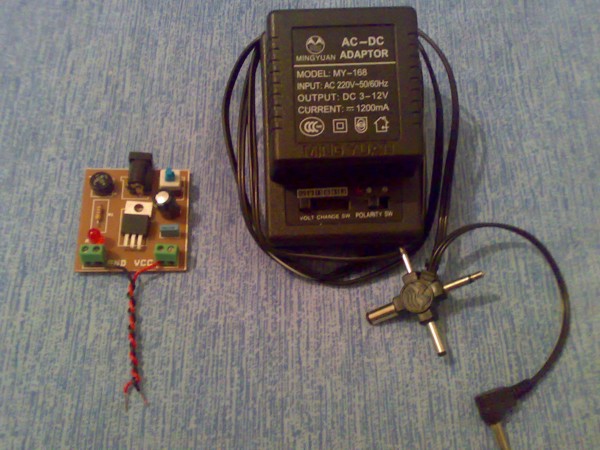Among different types of security system available in the market, one of them is the SMS notification service which is affordable but not that reliable. The system might face congestion problem in SMS center during a theft. The effective but expensive one is the Internet or Ethernet Notification system, which is not only reliable while using TCP, but operative too. Internet services remain always in demand and it would be rare to face a sudden failure.
Since the later system is costly as the embedded Ethernet devices are hard to deal with and include heavy expenditure, therefore one can build its own security system at home over the internet using an Ethernet device. The cost would be same as any microcontroller and it also offers better options for your home security in comparison to the one which is commercially available.
This DIY device is a TCP based security system for homes and small business. The design is the combination of the WIZ810MJ module, an ATmega16L microcontroller, a 7.3728 MHz crystal, a DS1302 timekeeper, a PIR to sense the human movement through the body heat, a keypad for initial configuration and a 2×16 LCD for display and other peripheral devices.

This design which also includes regulators to power up the circuits is a compact, complete, and easy to install a security system for home users and small businesses. This system is based on the installed internet source and a cable, plugged into the module’s Rj-45 jack. The system in rest mode i.e. TCP server, await commands from the client and executed after the password is entered. Meanwhile, it continues inspecting for any Alarm which would arise from the PIR sensor. If any Alarm is triggered, it turns into client mode and acts as a TCP client, where it starts sending warning signs.
Motion sensing which is based on human body heat is being used in this device to trigger an alarm. It sends message to the server that contains a timestamp and hence gives the exact time of the detected motion. This real-time surveillance system also aims to reduce the risk arising from a false alarm by sending alarm signals in intervals. The system is powered from 3 sources, 3.3v, 5v, and 12 v for the PIR and when connected, the system enters into the configuration mode.
Check out the following link for complete details.
Filed Under: Reviews


Questions related to this article?
👉Ask and discuss on EDAboard.com and Electro-Tech-Online.com forums.
Tell Us What You Think!!
You must be logged in to post a comment.